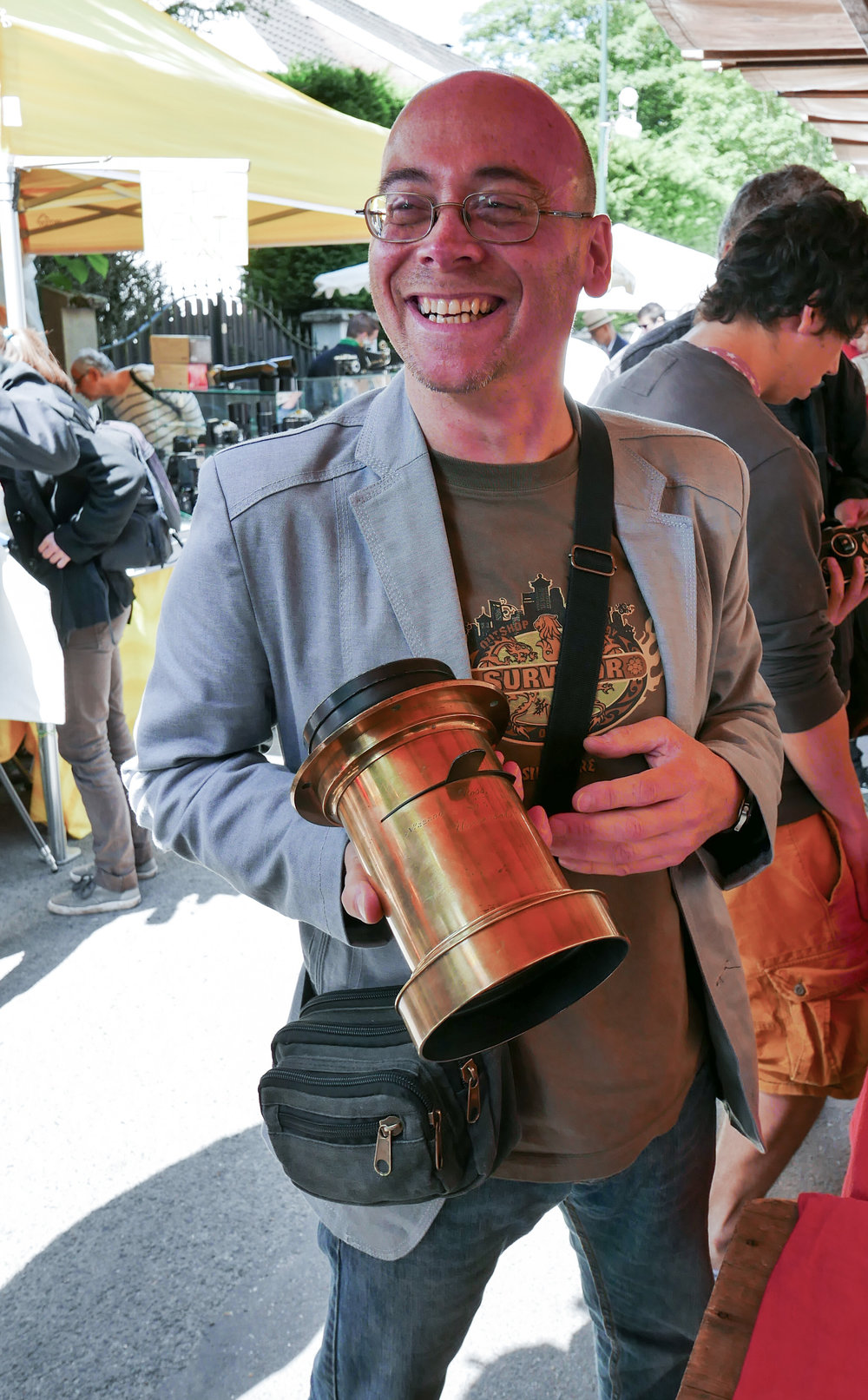
Need a new travel compact? One inch seems to be where it’s all at these days. This sensor size offers a good compromise between size and performance. The current choice boils down to three manufacturers, Sony, Panasonic and Canon, and all have their merits. While the Sony RX100 V is perhaps the most capable of the lot it is also pricey for a pocket camera. DPReview has just surveyed the market for compact enthusiast zooms and it is the new Panasonic Lumix LX15 (LX10 in some markets) that is listed as the camera of choice based on features and price.
The LX15 wins the contest because “its touchscreen interface means it works well, no matter how much control you want to take and its autofocus is the best we’ve seen, this side of the more expensive RX100 V.” It has a fast Leica Vario-Summilux lens of f/1.4-2.8 and provides a zoom range of 24-72mm, similar to that of the Sony.
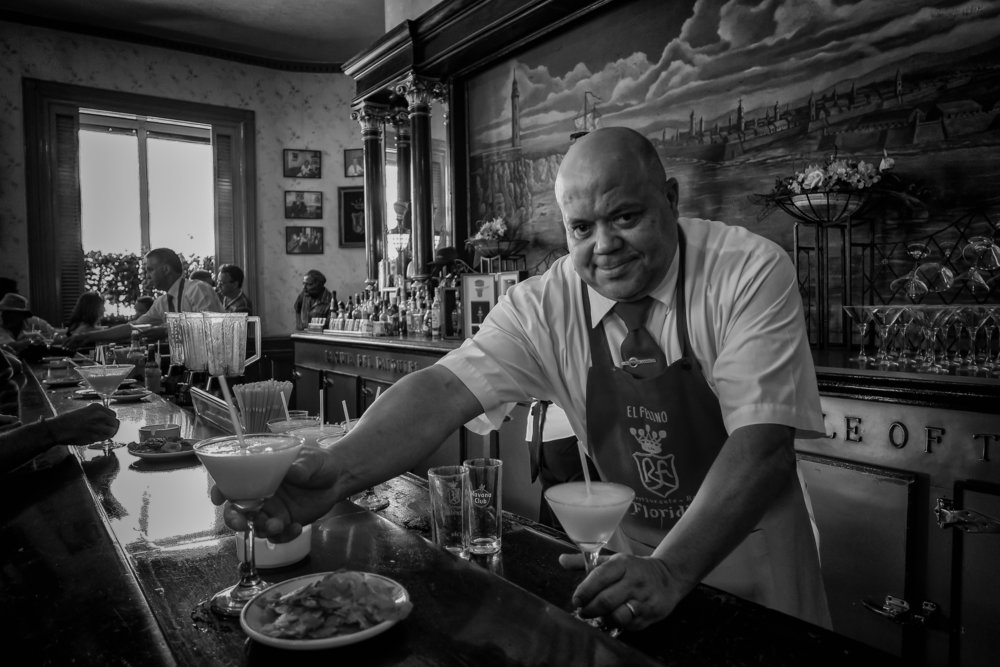
The one-inch sensor (116mm²), pioneered in the Nikon 1 range in 2011, has come on enormously since the subsequent success of the original Sony RX100. Despite being small in relation to m4/3 (225mm²) or APS-C (368mm²) , the one-inch is huge compared with the 2/3in (58mm²) sensors used in the previous generation of compact super zooms. And it’s a positive giant against the sensor in your iPhone.
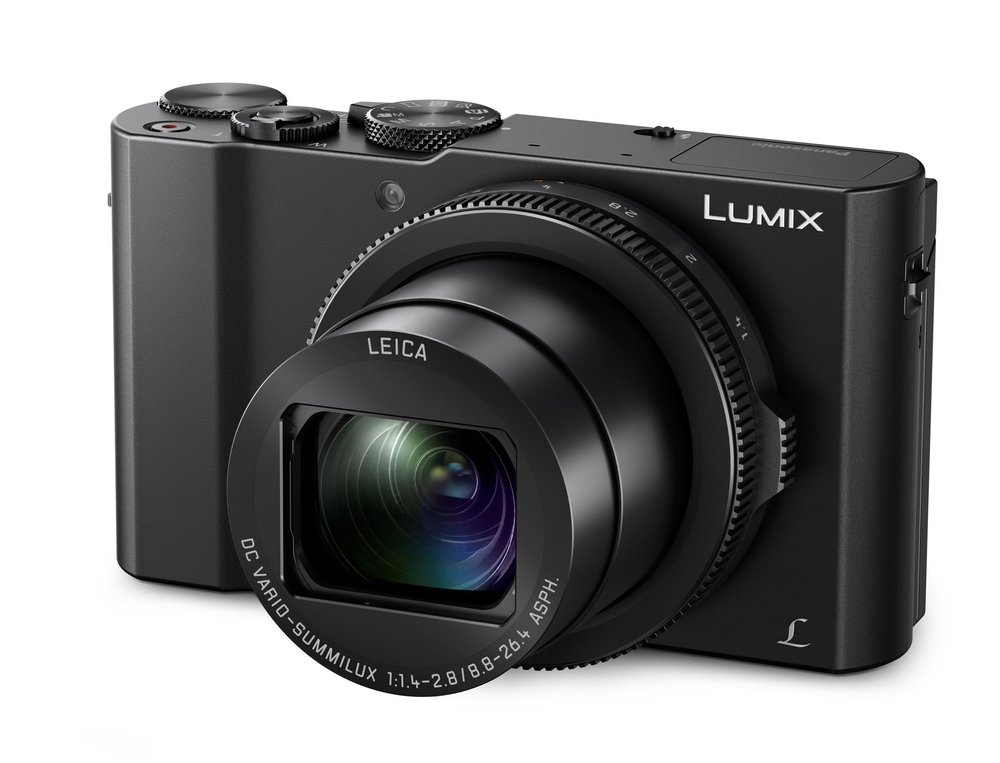
Pixel density, dynamic range and low-light sensitivity have all improved over the past six years to the point where the one-inch sensor can now punch well above its weight. It has the big advantage over large formats in that long zoom lenses take up far less room and can pack away neatly when at rest.
Panasonic is also lauded by DPReview for two vastly different offerings, the big-zoom DMC-TZ100 and the big-sensor LX100 (aka the Leica D-Lux).
Offering the same 20.1MP 1in sensor as the LX15, the TZ100 provides an outstanding 35mm-equivalent zoom range of 25-250mm, all in a package weighing just 312g. It also offers a small EVF. It suffers, however, from a relatively slow lens (f/2.8-5.6) and image quality is not rated as highly by DPReview as that of the LX10.
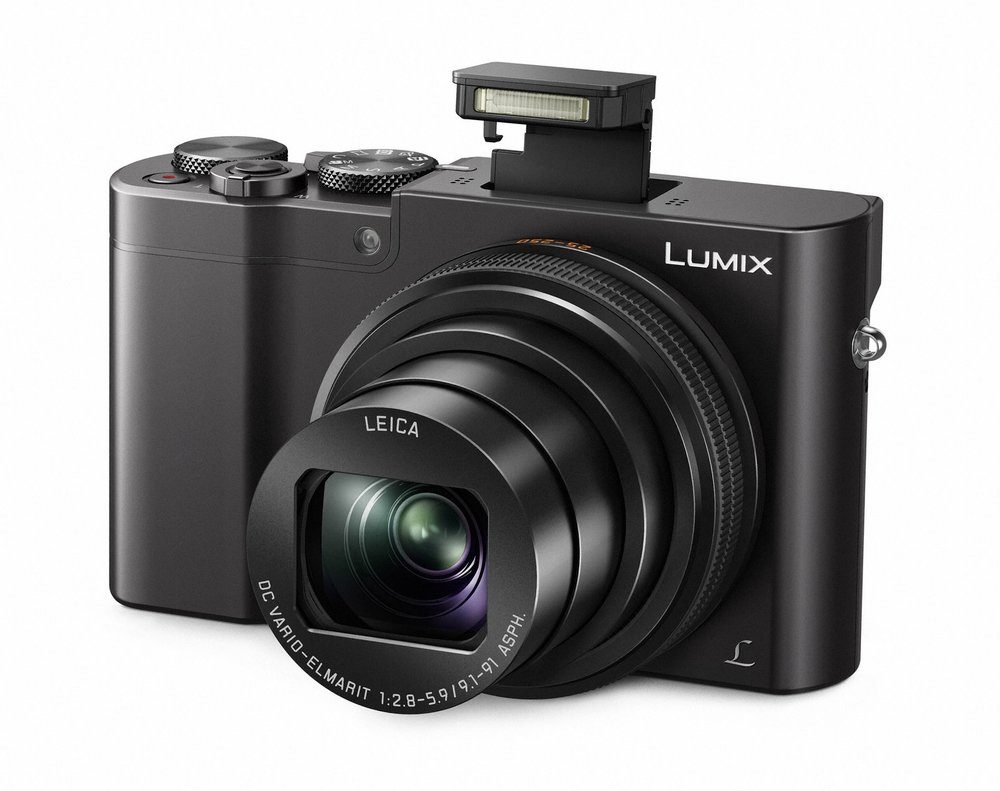
For manual control, though, I like the little Canon PowerShot G7 X, another 20MP 1in-sensor model with an impressive (in such a small package) 24-100mm range and a fast f/1.8-f/2.8 lens. While it lacks a viewfinder (and no hotshoe mount) the GX 7 does have a a physical exposure compensation dial, as well as a mode dial, and offers more satisfying manual focus than the others. It’s a good choice for the experienced photographer who prefers more control over the picture taking process.
There’s no doubt, though, that the Panasonic range is very strong in lightweight, high-performance pocket cameras. Yet if you can stand a little more bulk and weight, the LX100 (which doubles as the Leica D-Lux) is still daddy of them all. It’s not exactly pocketable, but it does boast a much larger four-thirds sensor, using a slightly cropped (2.2) version compared with the standard micro four-thirds crop of 2. The 1in sensor, incidentally, has a crop factor of 2.7, mainstream APS-C is 1.5 and, of course, full-frame is 1:1.
The LX100/D-Lux is now a little long in the tooth but it does feature by far the best-performing lens in its market segment, the f/1.7-2.8 Leica DC Vario-Summilux, with a useful, though relatively limited 24-75mm zoom range.
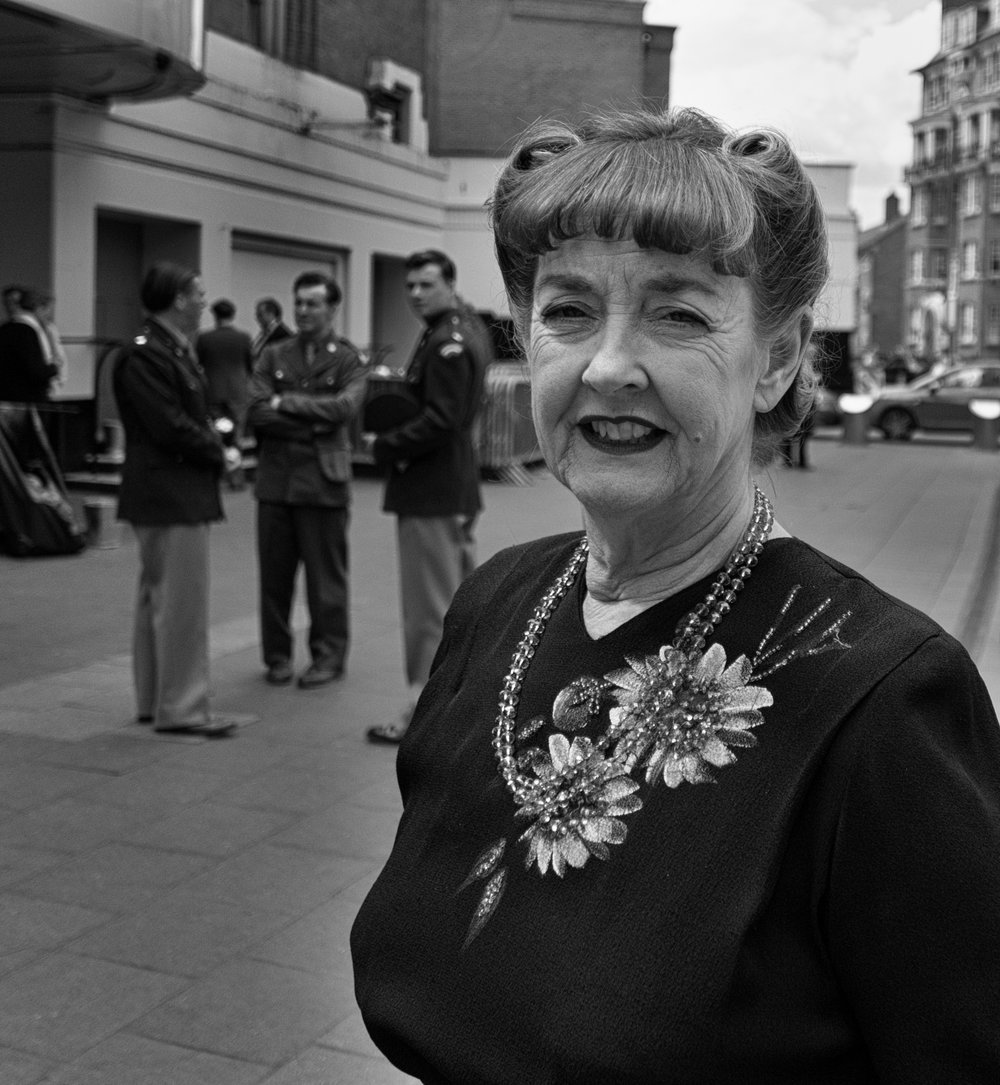
I’ve used the D-Lux extensively and tested it in June 2015. The Panasonic LX100 is the same camera, give or take a few cosmetic features, and I can attest to its merits as an all-round good-guy travel companion. With its larger sensor and brilliant lens it offers more creativity in terms of narrow depth of field than the one-inchers but, frankly, there isn’t that much in it in real-world terms. In a compact, portability and size are arguably more important when choosing and this is where the 1in sensor has a compelling attraction.

Indeed, those of us who also use micro four-thirds, APS-C and full-frame will see the benefits of having a really compact yet high-performing alternative. And that means not the LX100 or D-Lux but one of the crop of 1in-sensor cameras. All are extremely compact and light and all offer an enthusiast approach that will not disappoint.
Clearly, though, if a viewfinder is a major criterion, then the Sony RX100 V is a good choice. But don’t rule out the two Panasonics, the LX10 for ultimate portability and value for money and the TZ100 (which does have a small EVF) for the most zoom you can get in such a small package. And don’t forget to take a good look at the Canon G7 X. It doesn’t win top prizes but it is a great all-round solution. It offers a good compromise on zoom range (24-100mm), longer than either the Sony RX or Lumix LX15, and a more enthusiast-friendly selection of manual controls.
_____________

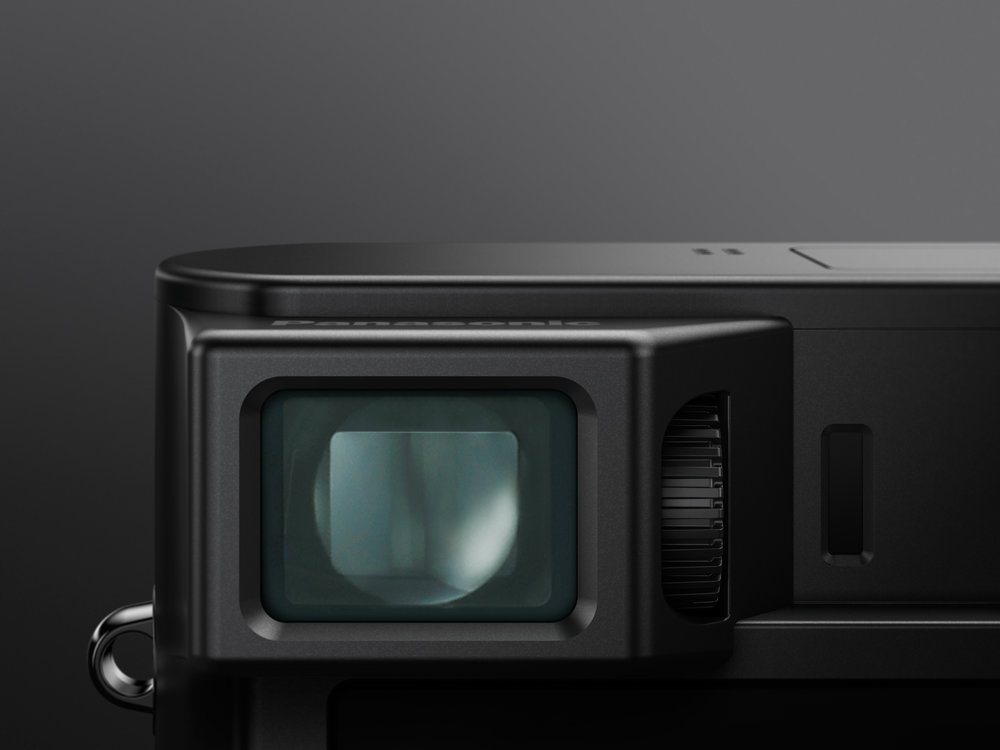
I rule out the LX100/D-LUX as not really pocketable, though I wouldn’t mind owning it otherwise! If the current model of the RX100 is too pricey (and it is!), go for the RX100 mk3 which can be got new much more reasonably and is simply an amazing camera (also with pop-up and eminently usable EVF as well as tilt-screen). I’ve been quite stunned at the IQ it turns out – printable up to A4 in very good shape. My other choice would be the Leica C (Panasonic LFI) with a 1/1.7" sensor. Again it punches above it’s weight and has the advantage of a sensible zoom reach (200 equivalent). Both of these are really, really small.
Salvete Cesar Leica X!
Here Here.
How about Panasonic GX85?
Fair point, or even the older GM1 or GM5, not to mention the new GX850 which, I believe, is even smaller than the 85. I was really concerned with fixed-lens cameras in this mini review but I agree that a system camera with a compact lens can be an alternative — it is potentially more versatile, that’s for sure. There’s also the Ricoh GR which is my choice as a pocket camera. With the APS-C sensor it is very capable and shots can be cropped to simulate results from smaller-sensor cameras.
I just went through all of the options and wound up with a new-old stock Leica X-E. No zoom and no built-in EVF, but size is comparable to LX100 and the APS-C sensor and 24/2.8 Elmarit combination is in another class for image quality.
For me the Lumix LX100 (and the Leica D-Lux copy) is still the best camera in this class with a choice between using an EVF or the rear screen. Like the Fujifilm cameras, it has a proper speed dial and an easily workable exposure compensation dial. It also has, miraculously, an aperture ring. What more could an enthusiastic amateur photographer want?
Now for the really interesting business. That brass lens which Mike Woodford has in his hand has a ‘Waterhouse Stop’. It seems to have been made by Ross of London, but I cannot read the engraving below. It looks like an an enlarged Petzval lens, but I cannot see the wheel and rack focus mechanism characteristic of such lenses. The lens is probably at least 130 years old, possibly more. I wonder how many of today’s compact cameras will be around 130 years from now.
William